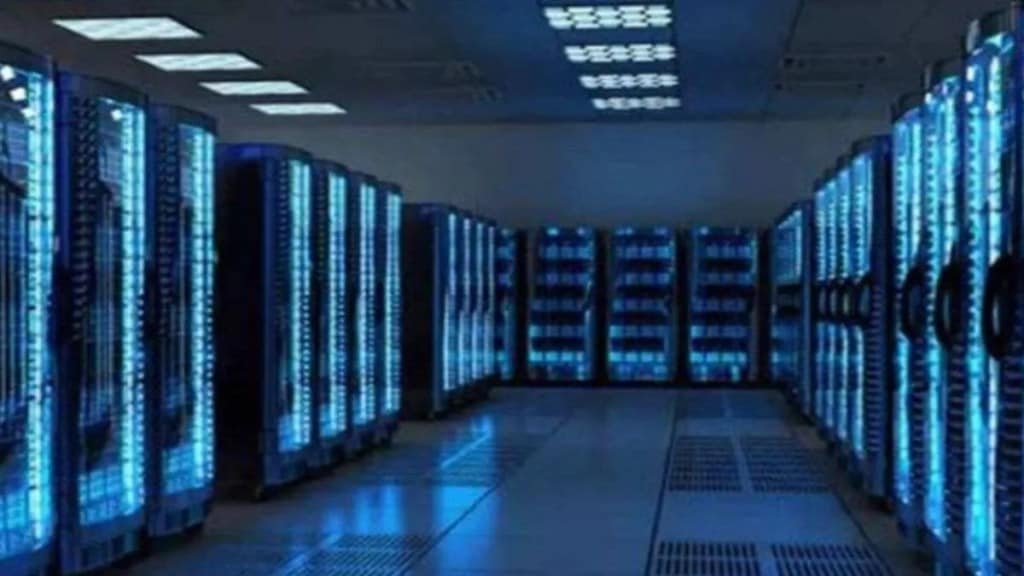By Jaganathan Chelliah
The pandemic ushered in a tsunami of data created by the growing use of digital content via OTT platforms, e-commerce, WFH, education, banking, et al. With 813.94 million internet users in India, we continue to create data at an explosive rate. The boom in the digital economy has also contributed hugely to the data centre (DC) industry growth.
Initiatives such as by Cert-In (Indian Computer Emergency Response Team), which can require organisations to store data for a minimum of five years, and the proposed Data Protection Bill, which may require certain kinds of data be stored within the country, are also aiding the growth of data and the DC industry. Another factor that is spurring the growth of data centres is that DCs are now categorised as infrastructure, which facilitates easier credit access and funding.
The government has announced an investment of `3 trillion in the data centre ecosystem over the next five years. Further, states like Karnataka, Maharashtra, Uttar Pradesh, Tamil Nadu, and Telangana will have an exclusive policy for the sector, thus further accelerating the growth of data centres in the country.
However, with the DC market seeing exponential growth, operational costs (OpEx) including real estate and electricity costs are also bound to go up.
Lower total cost of ownership
With data centres’ growing importance and prominence, especially hyperscale DCs (massive facilities built by the largest search, social and e-commerce giants), there is an increasing need to look for optimised storage solutions that can lower total cost of ownership (TCO) at scale. And for storage, hard disk drives (HDD) deliver unmatched TCO to efficiently and economically store and access vast amounts of data at scale.
For example, using the new 22TB HDDs versus 16TB HDDs to deploy 2PB of storage would require 27% fewer servers and 26% lower energy consumption in Watts/TB4. There is also less infrastructure and maintenance cost by eliminating the extra servers. So TCO savings is achieved by using higher capacity 22TB. So HDDs play a key role in the DC market and are the most economical media to store massive amounts of data online and at scale. Moving to the highest-capacity HDDs means scaling efficiently without increasing the physical footprint. This translates into overall data center power and cooling savings, which can play an important role in helping data centres operate greener.
Data centres of the future must be enhanced for digital growth. CIOs of data centre companies will be on the lookout for new ways to operate infrastructure cost-effectively and efficiently. Leveraging the highest-density HDDs will benefit and address the different needs of various applications and organisations to store massive amounts of data. In the meantime, the storage industry will continue to innovate to address the need of the growing and evolving DC market, and deliver the best value to its customers.
(The writer is senior director – Marketing, India & MEA, Western Digital)

